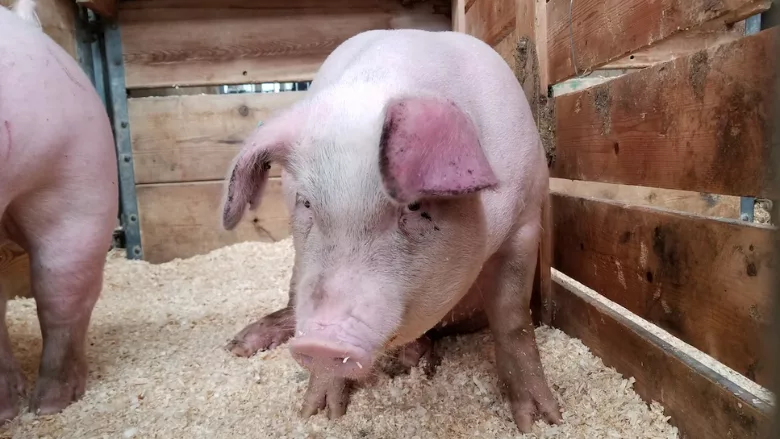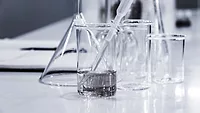USDA-FSIS Updates Guidance for Salmonella Control in Swine Slaughter, Pork Processing Establishments

Image credit: Laura Anderson via Unsplash
The U.S. Department of Agriculture’s Food Safety and Inspection Service (USDA’s FSIS) has released an updated Guideline for Controlling Salmonella in Swine Slaughter and Pork Processing Establishments.
The updated guidance takes into account public comments that were received in response to the previous version, and includes new scientific recommendations and support to assist small and very small establishments in controlling Salmonella at preharvest, slaughter, processing, and packaging operations.
Specifically, the updated version incorporates the following changes:
- Removed the word “compliance” from the document title and throughout the document to clarify that the document does not constitute regulatory requirements
- Added relevant, current, peer-reviewed science related to swine slaughter, processing of pork cuts, and comminuted pork products
- Updated the preharvest interventions to include vaccine and bacteriophage interventions, housing and biosecurity, and water and feed management
- Included pork products outbreak history
- Included FSIS data collection and FSIS pork sampling information
- Added information regarding hot shipping best practices
- Added a lymph node removal best practices section
- Removed language related to the Trichina guidance, new technologies guidance, and validation guidance information because FSIS has separate guidance for these topics.
The guideline provides information on best practices that may be applied at slaughter facilities to prevent, eliminate, or reduce levels of Salmonella on swine at all stages of slaughter and dressing. The guideline covers preharvest controls, including farm rearing, multi-hurdle interventions, transport, and lairage. The guideline also includes best practice recommendations for pork fabrication controls, including processing and packaging controls for pork cuts and comminuted pork products.
Looking for quick answers on food safety topics?
Try Ask FSM, our new smart AI search tool.
Ask FSM →







.webp?t=1721343192)
